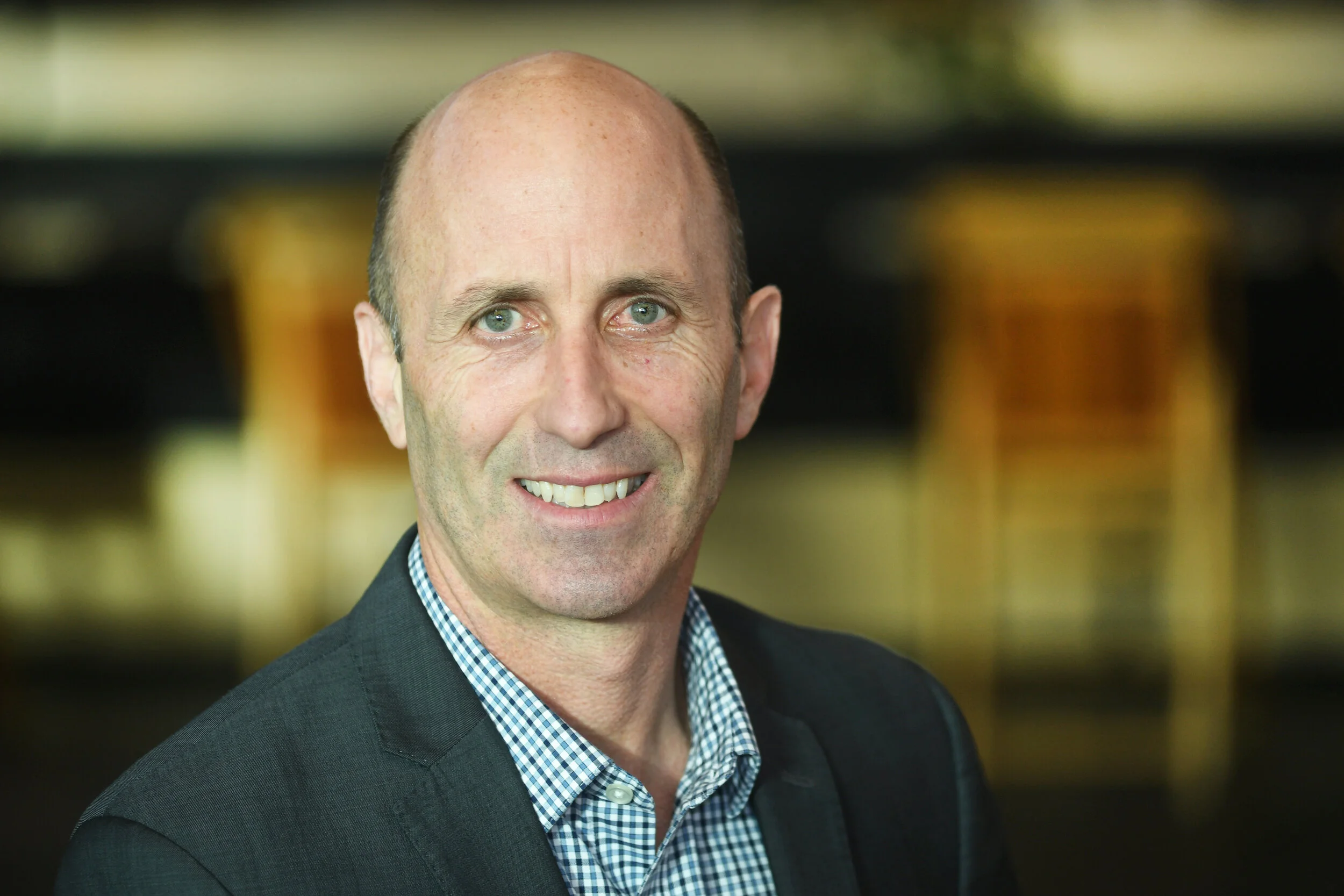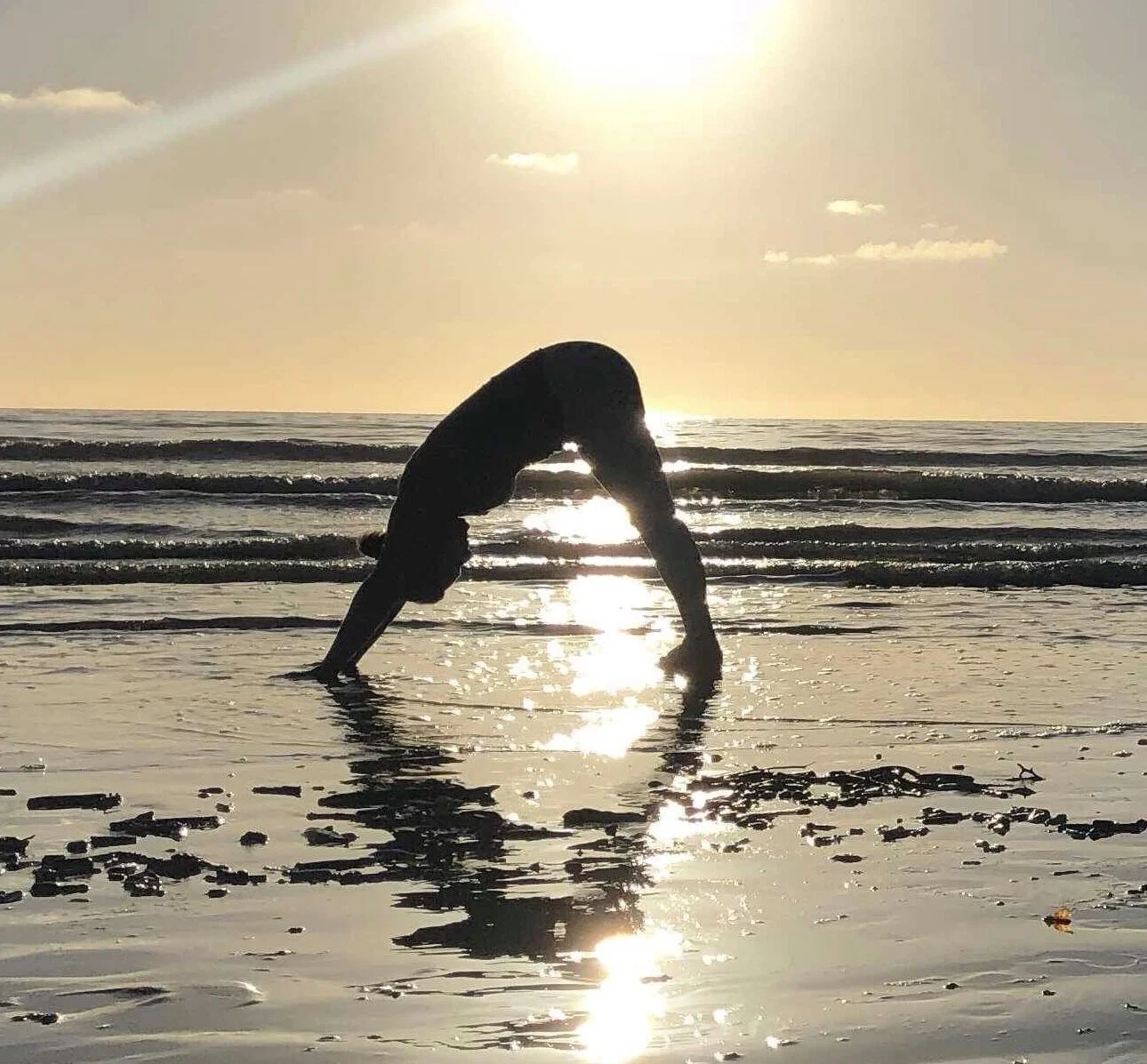Yoga & The 35 Day Detox
First and foremost, the 35 Day Detox has a regular (physical) yoga practice at its heart. Suz Stokes, Yoga Teacher and Founder of the 35 Day Detox shares her views on the benefits of embarking on that yoga journey.
Yoga as part of the personal development journey is highly individual in nature. Each body is different, as are the experiences that have led a person to the mat. We know change is possible when we look at the things we do frequently; i.e. modify our habits. To get the benefit from yoga it needs to become part of a daily routine, a new helpful habit.
As we combine breath and movement, we are activating energy lines throughout the body. Do yoga without breath and it is a fitness routine. Focus on the breath as you move, and you are tapping directly into the cause of stress, injury and emotional/sub-conscious response patterns. From here we can manifest change by healing ourselves.
The science of Yoga in context
Right living – the instruction manual on how to live life. Ethics or moral code of conduct.
Physical Movement – the postures we do (individually or in sequence) in the name of yoga. All with the intent to be able to sit upright and unsupported for an extended length of time.
Breath – Mindful breathing techniques to alter the human psyche.
Withdrawal of senses – Sight, Hearing. Touch, Smell, and Taste. The ability to turn inwards and face ourselves.
Concentration – Focus, single-pointed attention on an object.
Meditation – Stillness of the thoughts so that we can connect with the Universal energies (spiritual union).
The focus of this article is the “physical movement” aspect of yoga. We start with the Physical and progress to the Breath, Concentration, Meditation etc. Jumping straight to the area we “like” robs us of the opportunity to build strong foundations in our practice (and life). E.g. Concentration occurs when we can stay focussed and not be distracted by external stimuli. Try to meditate when the body is in pain and bliss will be elusive.
Choosing a Yoga Style
Flow, Yin, Restorative, Acro, Hot … Are you confused? That not surprising – basically there are as many styles as there are teachers. We often seek the style that matches our present state of mind. Shunning the style that is what we need to bring balance. We experience this when the student is confronted with a teacher they didn’t expect. It’s human nature to resist change.
The basic premise of yoga is to create harmony in our lives, so if we are in a stress response Yin or Restorative will calm us, but if we are feeling low or depressed then Flow or Hot could be the answer to be re-energised. As we heal the disconnect between the body and mind our intuition can re-establish itself as the guide and we will not seek more of what we already have.
Also, the style to choose depends on the time of day. A morning practice will floss off the inertia from the night’s sleep energise and prepare you to be active. An evening practice works to release the tension accumulated from the day and prepare us for sleep.
Putting together a self-practice
Classes are great to learn from (and to provide personal time-out), however the real magic of transformation is when you roll out the mat each day at home. There you are confronted with the question of “what is it that my body and mind need right now?”
As a general guide consider movement in the morning and stretching in the evening. All the different postures are designed to achieve strength, flexibility and balance in varying ratios. Sometimes the most effective sequence of postures will be the simplest. Our body is made up of energy moving along invisible lines throughout the body. The stresses of our experiences cause blocks on these lines, initially manifesting as tightness and pain, but left unchecked will create injury or illness. We practice yoga to undo the damage.
Start with the area of the body that is making the most noise! Whichever part of the body is involved there will be two sides to the equation – one stretch and the other strength. Consistency will always win, and it doesn’t have to be a lengthy, just enough to shift the energy within.
Yoga as Therapy
One of the hardest things to do is get out of our mind and into our body. We have disconnected the neural pathways. This leads to our trying to “think” our way through all situations. Add a “feel” to the mix and our body will begin to release the tension it has been holding on to. We don’t have to revisit that which we are healing from if we by-pass the brain and the emotional body and jump straight to the energy field itself.
“All of life is present on the mat”, use yoga as a tool of awareness, go within and explore what we already know about who we truly are.
In Summary
Yoga in its full expression is the “guidebook on how to do life”. If we tap into the ancient knowledge, apply a modern twist to recognize life as it is in the 21st century, then yoga becomes very relevant to your personal development journey now.
It is a holistic practice that creates balance and harmony within. The ability to hold fast when chaos is swirling around is the result. This inner strength, and confidence, are key advantages of the yoga journey. If you would like further information regarding this article check us out at 35daydetox.com.
Suz Stokes
Founder, 35 Day Detox
















Lisa was born in Auckland at the start of the 1970s, living in a small campsite community on the North Shore called Browns Bay. She spent a significant part of her life with her grandparents, often hanging out at the beaches. Lisa has many happy memories from those days at Browns Bay beach, where fish were plentiful on the point and the ocean was rich in seaweed. She played in the water for hours, going home totally “sun-kissed.” “An adorable time to grow up,” Lisa tells me.
Lisa enjoyed many sports; she was a keen tennis player and netballer, playing in the top teams for her age right up until the family moved to Wellington. Lisa was fifteen years old, which unfortunately marked the end of her sporting career. Local teams were well established in Wellington, and her attention was drawn elsewhere.